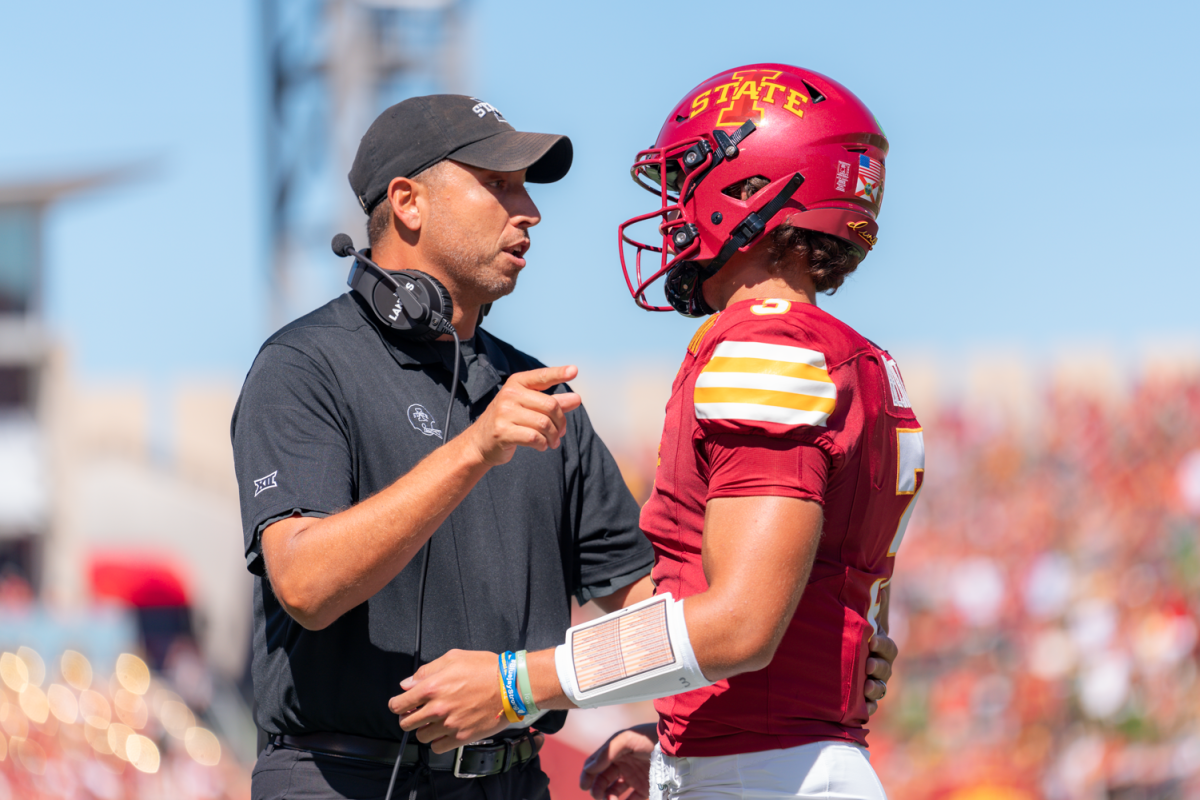EDITORIAL: ‘Old MacDonald’ milks the taxpayers
July 7, 2004
Better late than never. Recently, the General Accounting Office (the investigative arm of Congress) released a report detailing how America’s farm subsidy program has been corrupted by shiftless players into nothing less than a massive corporate welfare scam, confirming the charges leveled for years by a vast array of groups across the political spectrum.
Already, most farm support payments go to a very small minority of farm operations — according to the GAO report, about 10 percent of producers receive nearly two-thirds of all payments. Yet the biggest subsidized crops —wheat, corn, cotton, rice, and soybeans — only account for 36 percent of the value of U.S. farm production, with the other 64 percent receiving no subsidy whatsoever.
Most damning within the report is the USDA’s fundamental blindness to what is going on within its own department. The GAO found that of half the farming operations it reviewed in 2001, field offices were not using the tools available to them to ensure operations were even eligible for payments. Lawrence J. Dyckman, one of the co-authors of the report, told the Washington Post, “We know that it’s millions of dollars. But we don’t know if we’re talking about hundreds of millions or half a billion. We really don’t know and unfortunately, the USDA doesn’t know either because they haven’t paid attention to this.”
For $15 billion per year, the taxpayers should expect a little better oversight than this.
Even more stunning was the nature of some of the cons being pulled. Although many engineered their operations for maximum subsidy payout, some more brazenly engaged in “partnerships” that juggled their books in a way that would put Enron to shame. One “partnership” consisted of more than 30 corporations, taking down $5 million in farm subsidy payouts in 2001 — yet they still found a way to declare a net loss for the year.
If the farm subsidies are to remain place (a contentious debate itself), clear reforms are needed to ensure supports go to their intended recipients. The report recommends more stringent oversight by the Farm Service Agency, the agency responsible for overseeing farm payments as well as more quantifiable standards for eligibility in the program.
Both of these suggestions have merit, but reformers need to look deeper if they truly wish to fix the problem. As it stands, individual farm operations can collect a maximum of $180,000 annually, $360,000 if they are a member of up to 3 entities. If legislators truly intend to prop up family farms, these caps could be substantially reduced, with rules governing partnerships significantly tightened. Farmers and taxpayers both deserve better.






